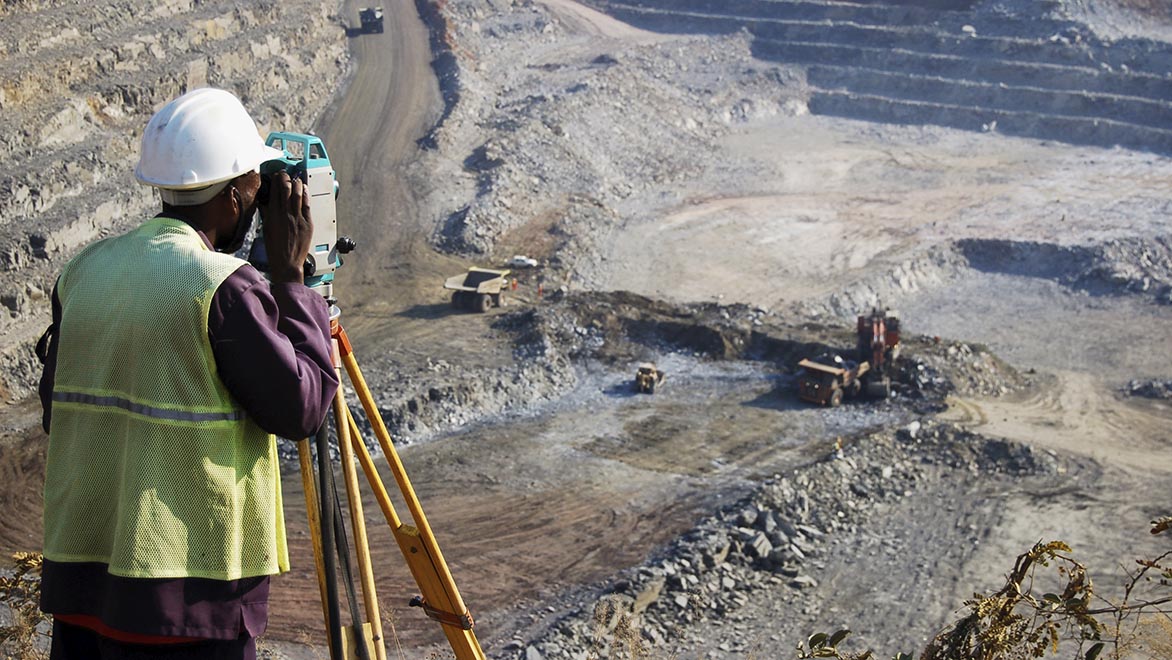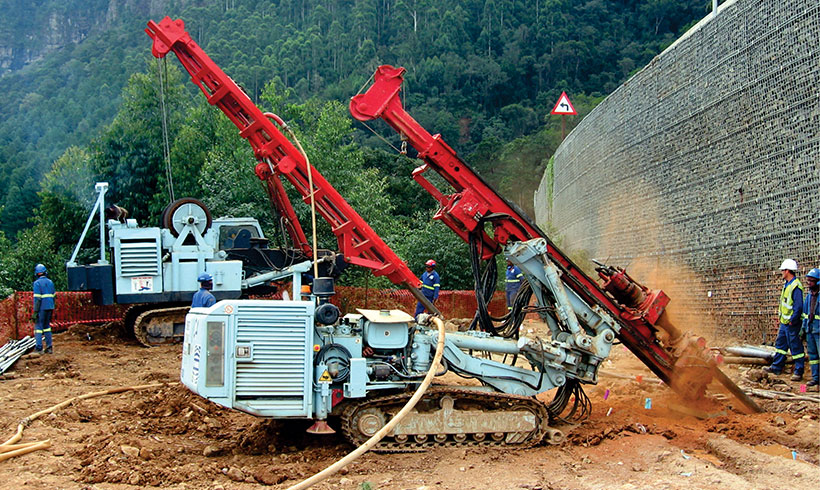The Of Geotechnical Engineering For Construction Projects
The Of Geotechnical Engineering For Construction Projects
Blog Article
The Main Principles Of Geotechnical Engineering For Construction Projects
Table of ContentsRumored Buzz on Geotechnical Engineering For Construction ProjectsThe Definitive Guide to Geotechnical Engineering For Construction ProjectsNot known Incorrect Statements About Geotechnical Engineering For Construction Projects The Ultimate Guide To Geotechnical Engineering For Construction ProjectsSome Known Facts About Geotechnical Engineering For Construction Projects.The Greatest Guide To Geotechnical Engineering For Construction ProjectsSome Of Geotechnical Engineering For Construction Projects
and Kovacs, W. (1981 ), An Intro to Geotechnical Design, Prentice-Hall, Inc. Deep Check Tech (2023 ): Deep Scan Tech uncovers surprise structures at the site of Denmark's tallest building. "Geofrost Coring". GEOFROST. Retrieved 20 November 2020. Han, Jie (2015 ). Concepts and Practice of Ground Enhancement. Wiley. ISBN 9781118421307. RAJU, V. R.Ground Renovation Technologies and Situation Histories. Singapore: Research Publishing Providers. p. 809. ISBN978-981-08-3124-0. Ground Renovation Principles And Applications In Asia. Pariseau, William G. (2011 ). Style evaluation in rock mechanics. CRC Press. Hegde, A.M. and Palsule P (Geotechnical Engineering for Construction Projects).S. (2020 ), Performance of Geosynthetics Reinforced Subgrade Subjected to Repeated Automobile Plenties: Speculative and Mathematical Research Studies.
Cengage Learning, Stamford, 666 p. Atkinson, J., 2007. The mechanics of soils and foundations. The Observational Method in ground design principles and applications.
The Of Geotechnical Engineering For Construction Projects
Research laboratory and area testing plays an important function in this procedure. By drawing out samples from the planet's subsurface and applying a collection of tests, geotechnical designers can predict the behaviour of soil layers and evaluate their viability for various building and construction efforts. The essence of geotechnical engineering in civil design can not be overstated, attributable to a number of elements: The first step in any kind of geotechnical study includes determining the soil kind at the construction site.
Comprehending these qualities makes certain that only suitable soil types are picked for the development, thus preventing prospective structural failings. The foundation works as the bedrock of any type of building and construction task. Picking the suitable foundation type is a choice that depends upon the extensive analysis offered by geotechnical engineering. This makes certain the long life and stability of frameworks by accommodating the loads they will birth.

Geotechnical site examination is an essential step in the preparation and execution of any type of construction project. It entails the collection and analysis of data connected to the physical buildings of dirt and rock below a recommended building and construction site. This details is essential for the design and building and construction of safe, stable, and lasting frameworks.
Some Known Factual Statements About Geotechnical Engineering For Construction Projects
In this blog site, we will explore the relevance of geotechnical site investigation, its different parts, and just how it benefits building jobs. Geotechnical website examination, additionally referred to as subsurface exploration, includes a series of activities targeted at determining the soil, rock, and groundwater problems at a building site. The main objectives are to determine prospective geotechnical risks, assess the engineering buildings of subsurface materials, and offer recommendations for the style and construction of foundations, keeping wall surfaces, and other structures.
This may consist of geological maps, aerial photos, previous investigation records, and historical data. The desk study helps in recognizing potential geotechnical issues and planning the subsequent fieldwork. Following the desk study, a website reconnaissance is performed to visually inspect the website and its environments. This includes observing the topography, water drainage patterns, existing structures, greenery, and any indicators of instability or disintegration.
Some Known Details About Geotechnical Engineering For Construction Projects
Shallow examination pits are dug deep into to directly observe and sample the soil and rock. This method works for researching the upper layers of the subsurface and determining near-surface threats. Non-invasive geophysical methods, such as seismic refraction, ground-penetrating radar (GPR), and electrical resistivity tomography (ERT), are made use of to map subsurface conditions and detect abnormalities.
Soil and rock samples gathered throughout the area examination are subjected to research laboratory testing to determine their physical and mechanical residential or commercial properties. These examinations supply important information for geotechnical evaluation and layout.
The key benefit of geotechnical website examination is making certain the safety and stability of structures. By comprehending the subsurface problems, designers can make structures and various other architectural components that can hold up against the lots and environmental pressures they will undergo. This decreases the threat of negotiation, decrease, and architectural failing.
4 Simple Techniques For Geotechnical Engineering For Construction Projects
This guarantees reliable and safe building and construction practices. Geotechnical website examinations are typically called for by building codes and laws.
This information is very useful for project managers, engineers, and specialists in creating reasonable routines, spending plans, and contingency plans. Geotechnical Engineering for Construction Projects. Skyscraper Structure in a Coastal AreaIn a coastal city, a high-rise domestic structure was intended on a site with thought loose sand down payments and a high water table. A detailed geotechnical examination, consisting of borehole exploration, CPT, and geophysical studies, was conducted
Fascination About Geotechnical Engineering For Construction Projects
Based upon these searchings for, the structure style was customized to include deep stack foundations extending into secure strata, and ground improvement techniques, such as vibro-compaction, were implemented to minimize liquefaction threats. check out this site This positive method made certain the safety and security of the structure while preventing pricey post-construction removal. Framework Growth on a Sloping TerrainA significant framework task, including the building of a highway and bridges, was intended on a sloping terrain with steep inclines.

The Leaning Tower of Pisa (Italy), a renowned architectural wonder, is infamous for its unintended tilt from substantial geotechnical problems. The tower's foundation was improperly created to deal with the soft, unstable soil beneath it, bring about unequal settlement and its distinct lean. Our world is populated with excellent infrastructure projectsfrom towering skyscrapers to stretching bridgesall standing testament to the development of the numerous building tools and techniques readily available.
Geotechnical design is a specific area within civil design that concentrates on examining the actions of earth materials. This branch delves deep right into the groundinvestigating how the soil, rock, and groundwater at a construction site can influenceand be affected bythe framework that we set up on and right into them. Prior to a single brick is laid or a concrete foundation put, geotechnical engineers probe into the earthgathering essential data regarding the site's dirt composition, rock structure, and groundwater degrees.
Some Known Incorrect Statements About Geotechnical Engineering For Construction Projects

is a device made use of to analyze the stability and load-bearing capability of stacks throughout installment, leveraging the principle of wave propagation. It optimizes building effectiveness by supplying real-time evaluations, therefore making sure risk-free and visit our website efficient stack structures. Among the practical applications of geotechnical design entails determining and implementing the right approaches for structure building and construction.
Load driving stands for even more than the plain act of inserting architectural components right into the ground. On the contrary, it is a thoroughly orchestrated process of dig this transferring a structure's lots past the much less steady soil layers closer to the surfacedown to the much more substantial strata that exist under. When it comes to pile driving, think about just how geotechnical designers adeptly utilize this strategy to equally distribute the structure's weight.
Report this page